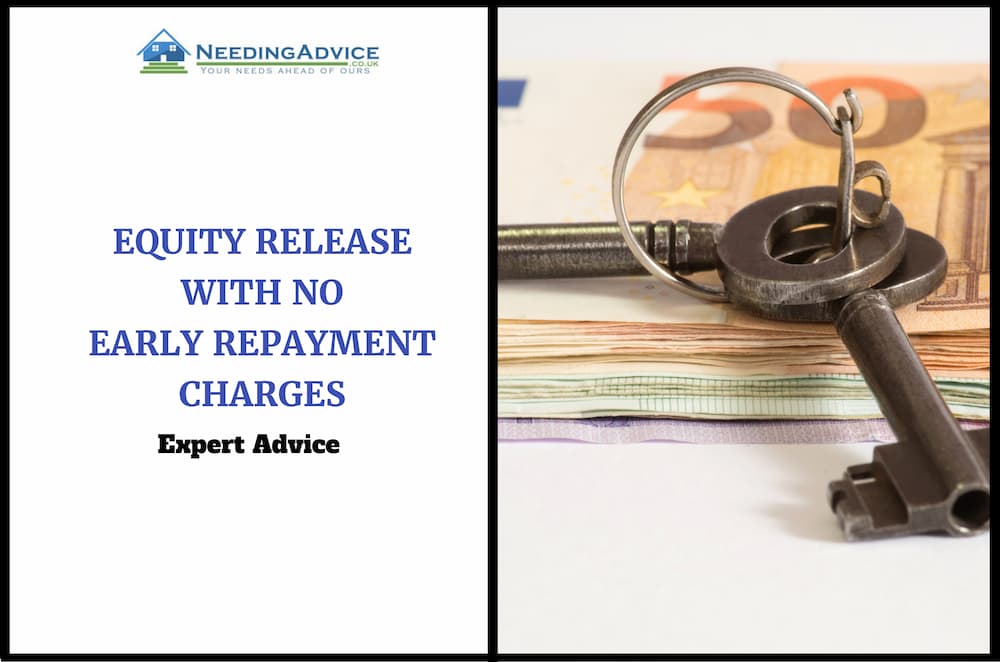EquityThe difference between the value of the property and the amo... release plans have become a popular financial tool for homeowners in retirement age, allowing them to tap into the value of their property without needing to move. A crucial aspect to consider when looking into these plans is the potential for early repayment charges. In this article, we will explore the benefits of opting for an equity release plan with no early repayment charges and delve into the details of such products.
Equity release will reduce the value of your estate and can affect your eligibility for means tested benefits
Introduction to Equity Release Plans
Equity release products, including lifetime mortgages, are designed to provide homeowners with the ability to access a portion of their property’s value, either as a cash lump sum or in smaller amounts of money over time. This capital can be used to enhance retirement income, fund long-term care, or meet other financial needs. The equity release balance typically does not need to be repaid until the homeowner either moves into permanent long-term care or passes away.
The Challenge of Early Repayment Charges
Traditionally, equity release plans were designed as long-term products, with significant penalty charges for those who decided to repay the loan before a life event exemption (e.g., moving into long-term care or death) triggered repayment. These charges could make repaying the loan — whether due to a change in circumstances or because the homeowner found a more competitive deal — an expensive decision.
The Appeal of No Early Repayment Charges
In recent years, several equity release providers have introduced products with no early repayment charges. This feature gives homeowners more control and flexibility, allowing for partial repayments or the ability to entirely clear the equity release loan without penalty. These plans may particularly appeal to:
- Homeowners with Volatile Incomes: The lack of early repayment charges allows homeowners to make voluntary overpayments or additional payments as and when they can afford it, helping to manage the outstanding balance.
- Homeowners Planning to Move or Downsize: If a homeowner moves to a cheaper property or wishes to clear their equity release mortgage due to other changes in future plans, they can do so without facing a penalty charge.
Lending Criteria and Features of Such Plans
Equity release plans with no early repayment charges have specific lending criteria. A financial adviser with experience in equity release products can provide advice based on individual circumstances, credit scores, and current property value. Some common features of these plans include:
- Overpayment Allowance: Many of these products include an overpayment allowance, allowing homeowners to make repayments on an annual basis, which can be a percentage of the initial loan amount without incurring a penalty.
- Variable Rate Options: These plans may offer variable rate options linked to external measures, such as 15-year gilt or actual gilt rates, as opposed to fixed lifetime interest rates.
Seeking Professional Advice
Before proceeding with an equity release plan, especially one designed to have no early repayment charges, it is essential to seek equity release advice. This could involve consultations with a specialist equity release broker, a financial adviser, and legal advice.
Questions About Equity Release and Costs Involved
Homeowners considering equity release with no early repayment charges should ask several questions about equity release, including:
- The Impact on Estate Value: What will be the impact on the amount that can be left to heirs?
- Effect on Benefits: How might equity release affect eligibility for means-tested benefits?
- Associated Costs: Beyond the cost of borrowing, are there administrative costs, such as arrangement fees, valuation fees, and legal costs?
Alternatives to Equity Release
Equity release, while an effective route for many, isn’t the right solution for everyone. Alternatives might include downsizing to a cheaper property, using savings or other investments, or exploring other types of residential mortgages or retirement income products.
Conclusion
Equity release plans with no early repayment charges offer significant advantages, giving homeowners the flexibility to adapt to changes in their life and financial circumstances. They allow for voluntary payments, reducing the outstanding mortgage while avoiding penalties.
However, these products are complex and involve potential risks as well as benefits. Homeowners must consider the impact on their estate, future plans, and long-term care funding equation. Hence, consulting with an equity release adviser, and considering the broader context, including energy costs, utility costs, and the potential need for time care or council care services, is paramount.
The biggest choices about property and finance in retirement should always be made with full knowledge and expert advice, aimed at securing a comfortable retirement while retaining control over one’s financial future.






